Some bottlenecks related to the 2% VAT reduction
Recently, the National Assembly approved a reduction in value-added tax (VAT) from 10% to 8% from July 1. The tax reduction will take effect until the end of 2023.
Most people support the policy of reducing VAT by 2% to support people and businesses to recover. However, the tax reduction still has certain problems.
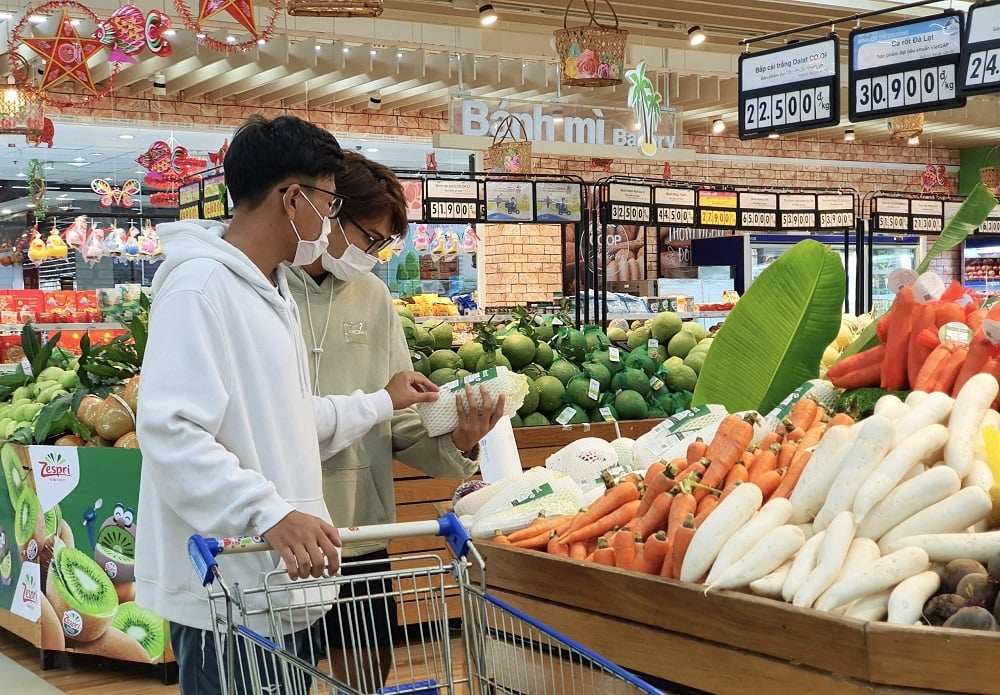
Some bottlenecks related to the 2% VAT reduction. (Photo: DP)
According to the Vietnam Federation of Commerce and Industry (VCCI), the 2% reduction in VAT from July 1 and its return to normal on January 1, 2024 will impact the implementation of price management measures, as some types of goods and services are being subject to price management measures, such as State pricing, price registration, price declaration and price posting.
For example, in the case of a business that has declared and registered its price (including tax), is it necessary to reduce the price corresponding to the 2% tax reduction, or is the old price still applied? At the same time, does the business need to complete the procedures for declaring and registering the adjusted price?
Some goods and services can be reduced by 2% quite easily, but for some goods and services whose prices are rounded for ease of payment, a small price adjustment (2%) will not be possible.
For example, a postal delivery business has declared a price of 5,000 VND/km, so if it has to reduce it to 4,909 VND/km, it will be very complicated.
For those reasons, VCCI proposed that the drafting agency supplement regulations guiding cases under price management when reducing VAT, in the direction that enterprises do not need to carry out price adjustment procedures and are allowed to apply registered and declared prices.
The classification of which goods and services are subject to 8% or 10% tax rate is too complicated.
Regarding the list of goods and services not subject to VAT reduction, VCCI also raised a number of issues that need to be clarified, based on the practical implementation of VAT reduction according to Resolution 43/2022/QH15.
The drafting agency of the Decree also recognized this situation, such as the way to identify goods and services with reduced value added tax; the description of goods in the Appendix attached to Decree 15/2022/ND-CP based on the current List of Vietnam's Product Industry System does not correspond to the description of goods in the List of Vietnam's Import and Export Goods, leading to difficulties in determining HS codes for imported goods in the Appendices, especially for goods with the description "goods... not classified elsewhere".
In fact, businesses also reported to VCCI that classifying which goods and services are entitled to a tax rate of 8% or 10% according to Decree 15/2022/ND-CP is very complicated and has too many risks.
“Enterprises do not know whether they are doing the right thing or not. In many cases, two businesses buy and sell goods but cannot agree on the application of the 8% or 10% tax rate, making the contract unenforceable. The tax and customs authorities themselves are also confused about how to classify goods and services to apply,” VCCI reported the situation.
According to representatives of the business community, this even poses a risk of harassment and negativity when businesses are inspected because state agencies can interpret regulations in many different ways.
The Draft has a plan to add the provision "HS codes in Appendix I and Appendix III are for lookup only. Determining HS codes of imported goods is implemented according to customs law regulations". However, according to VCCI, Appendix I and Appendix III still have cases where there is no HS code but are marked with (*), and HS codes will be declared according to the actual imported goods.
This is the point that makes it difficult for businesses importing goods because there is no basis to know whether their goods (already have HS codes when imported) are in the Appendix or not. VCCI said that many businesses recommended using the table of classification of imported goods according to customs law as the basis for building Appendix I and Appendix III of this Decree, instead of using the Vietnam Economic Sector System. This solution can help imported goods easily determine tax rates, instead of the current situation where both imported goods and domestic goods have difficulty determining tax rates.
“In case it is not possible to use the import goods classification table in time, it is necessary to list all HS codes of imported goods subject to 10% tax. In other words, it is necessary to eliminate all exceptional cases marked with (*),” according to the official dispatch of VCCI sent to the Ministry of Finance.
According to the Joint Resolution of the Fifth Session of the XV National Assembly, the 2% VAT reduction period will last until the end of 2023, not applicable to a number of groups of goods such as telecommunications, information technology, financial activities, banking, securities, insurance, real estate business, metals, prefabricated metal products, mining products (excluding coal mining), coke, refined petroleum, chemical products, goods and services subject to special consumption tax.
This policy to support people and businesses is expected to ensure the right goal of stimulating consumption, thereby promoting production and business activities to recover soon...
Source














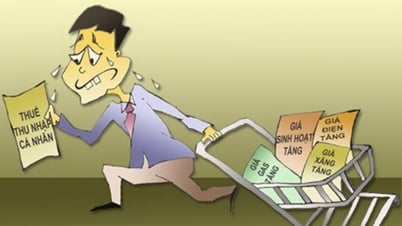



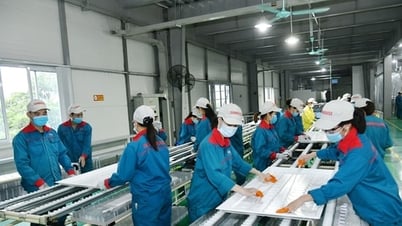



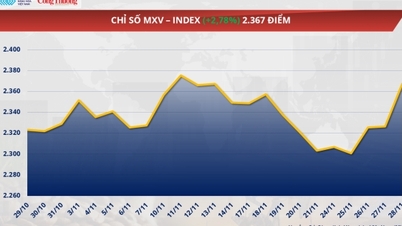


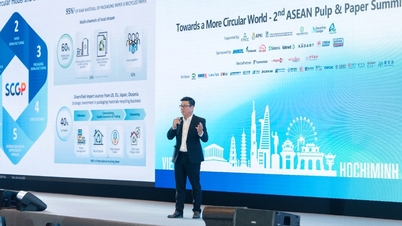
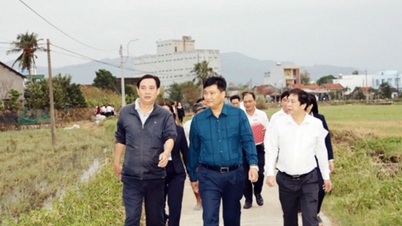





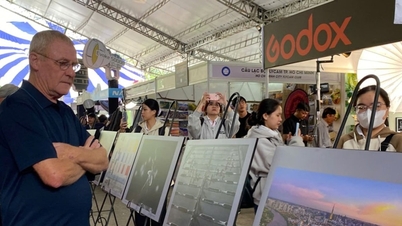


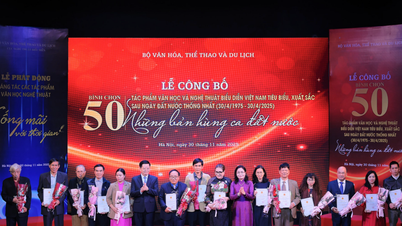







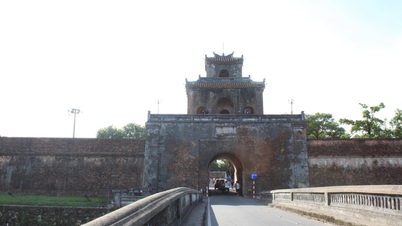









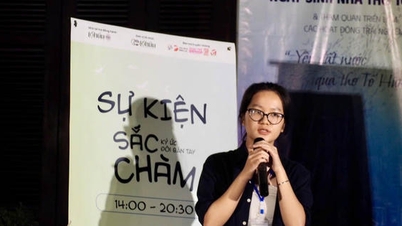




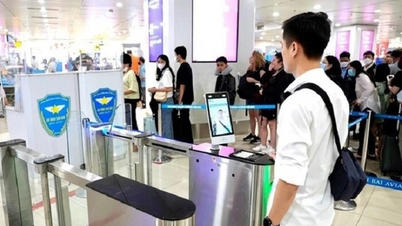


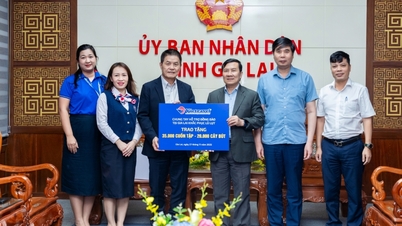













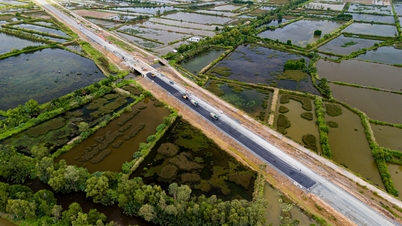






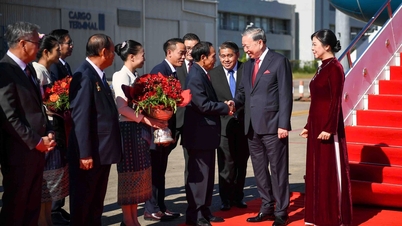

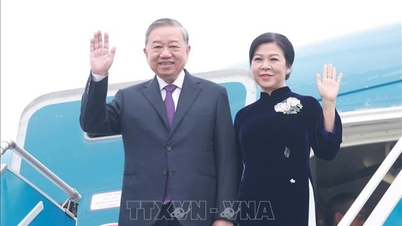




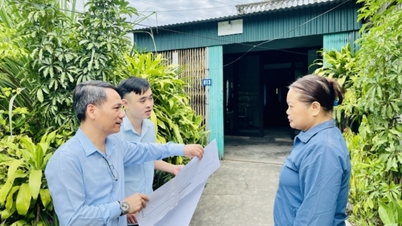

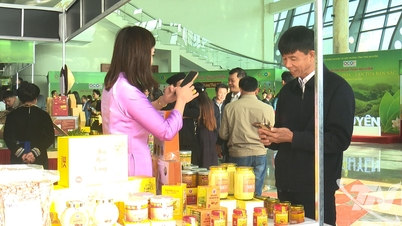

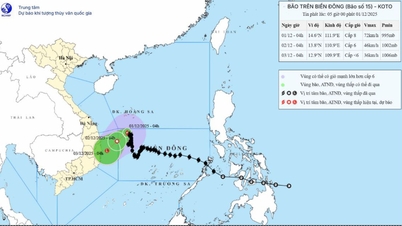



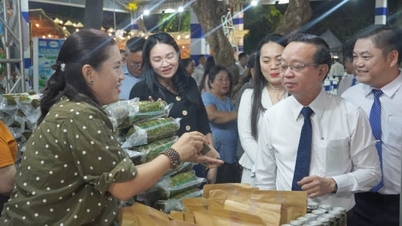










Comment (0)